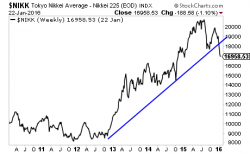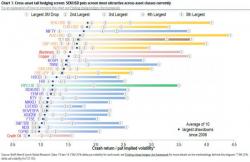Did Japan Just Prove That Central Bankers Are Effectively Out of Ammo?

The world has yet to fully digest what is currently happening in Japan.
Japan is the global leader for Keynesian Central Banking insanity. The ECB and US Federal Reserve began implementing ZIRP and QE after 2008. The Bank of Japan has been employing both ZIRP and QE since 2001.
Put simply, by the time the Great Crisis of 2008 rolled around, the Bank of Japan had nearly a decade’s experience seeing what QE, ZIRP, and the like could accomplish.



